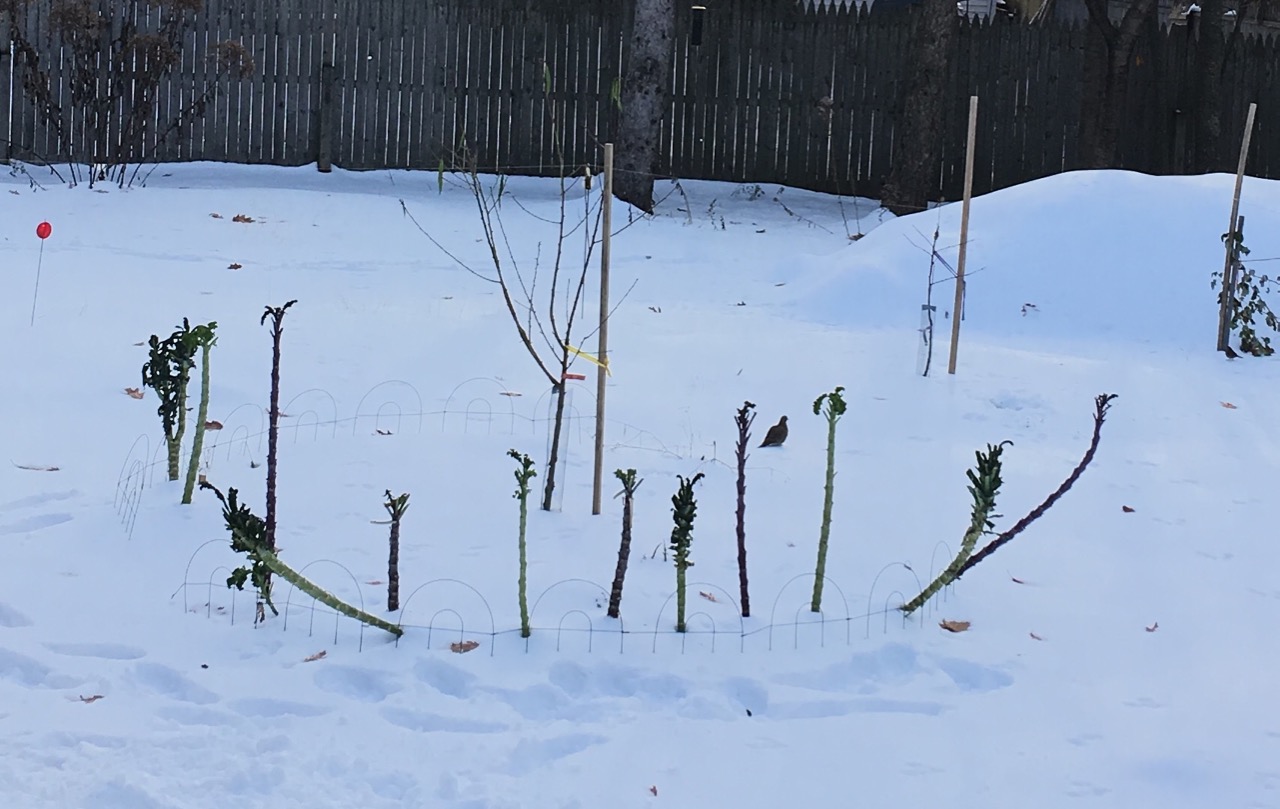They call it “upcycling” now, but I always think of it as the remnant of my time as a Catholic Worker when we always made practical use of whatever was on hand for what was needed. So this week, I upcycled an old screen tent to make a covering for this raised bed. I almost didn’t plant anything this summer, I’ve been so tired. But I happened to stop by the Portland Food Coop and they had organic kale seedlings for sale, and I got drawn in. I added compost and seaweed and turned over the soil in the bed.
This bed has often in past years been visited by critters such as groundhogs who love to chomp on greens, so I knew I had to protect it. (It has chicken wire underneath so that protects it as well.) The groundhog has always been easily put off by some sort of covering over the top. Many years ago I had purchased metal framing that I had repurposed for this bed. I had some netting that I covered it in years past (see a photo here), but I couldn’t find it. I did find the old screen tent in the garage–no longer usable because it had no frame anymore. So then I wondered–maybe this would be better than the netting, which had never kept out cabbage moths that liked to lay their eggs on the kale. Maybe the screen would keep out those pests as well?
So I took a scissors to the old tent, and cobbled it back together in a new shape, using a little superglue and paperclips. I tried to minimize any fabric that would block the sun. On the south end, is the zipper opening, and on the north end I folded over the larger remnants of screening.
To anchor the bottom, I placed some logs that we’d cut from fallen branches of our pitch pine. Once everything was in place, I planted my kale seedlings and watered everything well.
The experiment asks whether they’ll get enough sun through the screen, which does shade them a little, and whether they’ll be protected from cabbage moths? I hope it turns out well!
In the meantime, here is a picture of our perennial sea kale, from which we ate several small leaves and buds before it quickly turned to flowering. I love its honey smell.





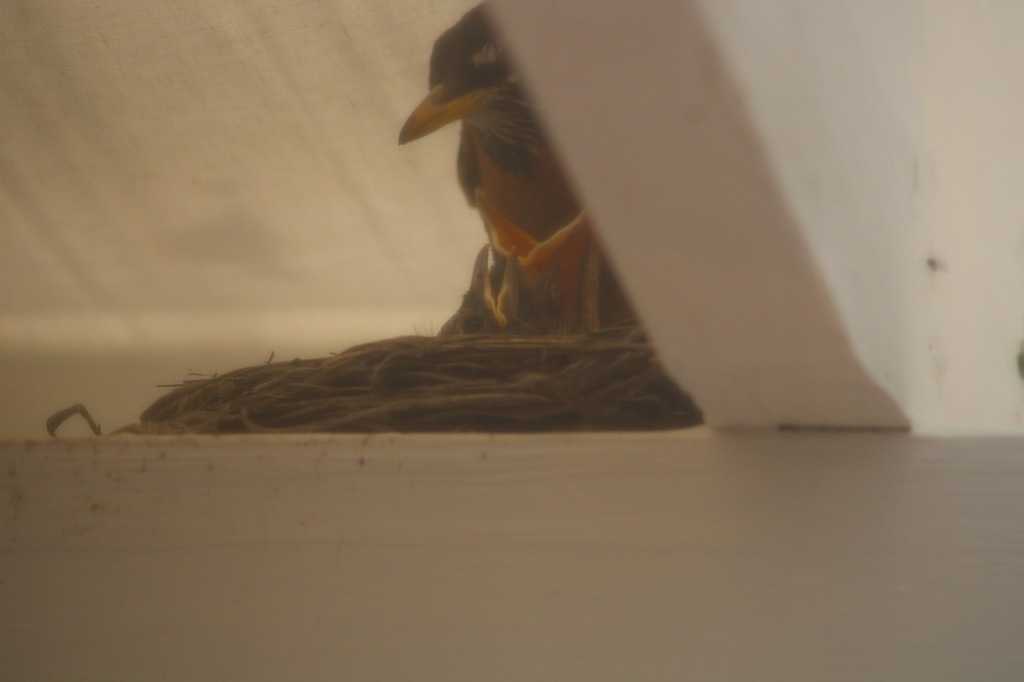
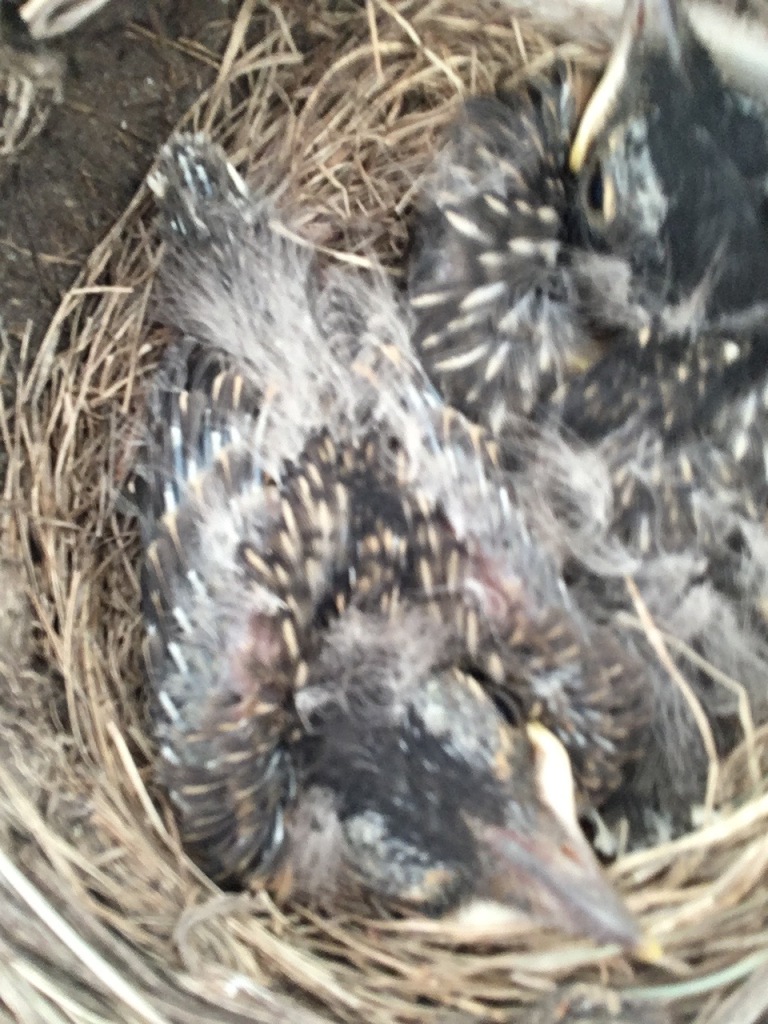
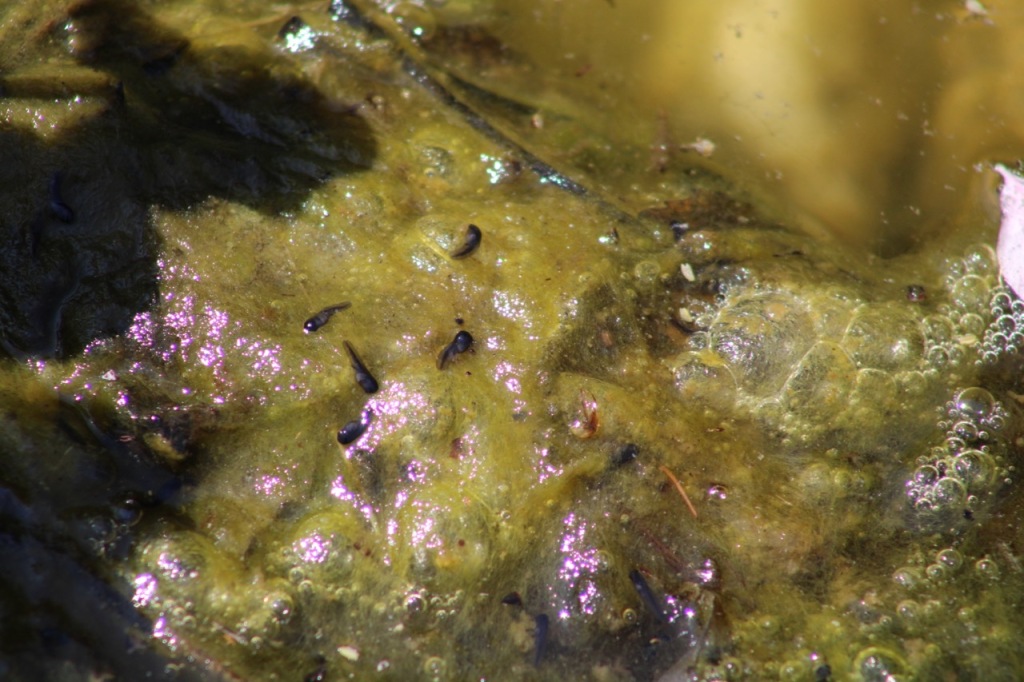
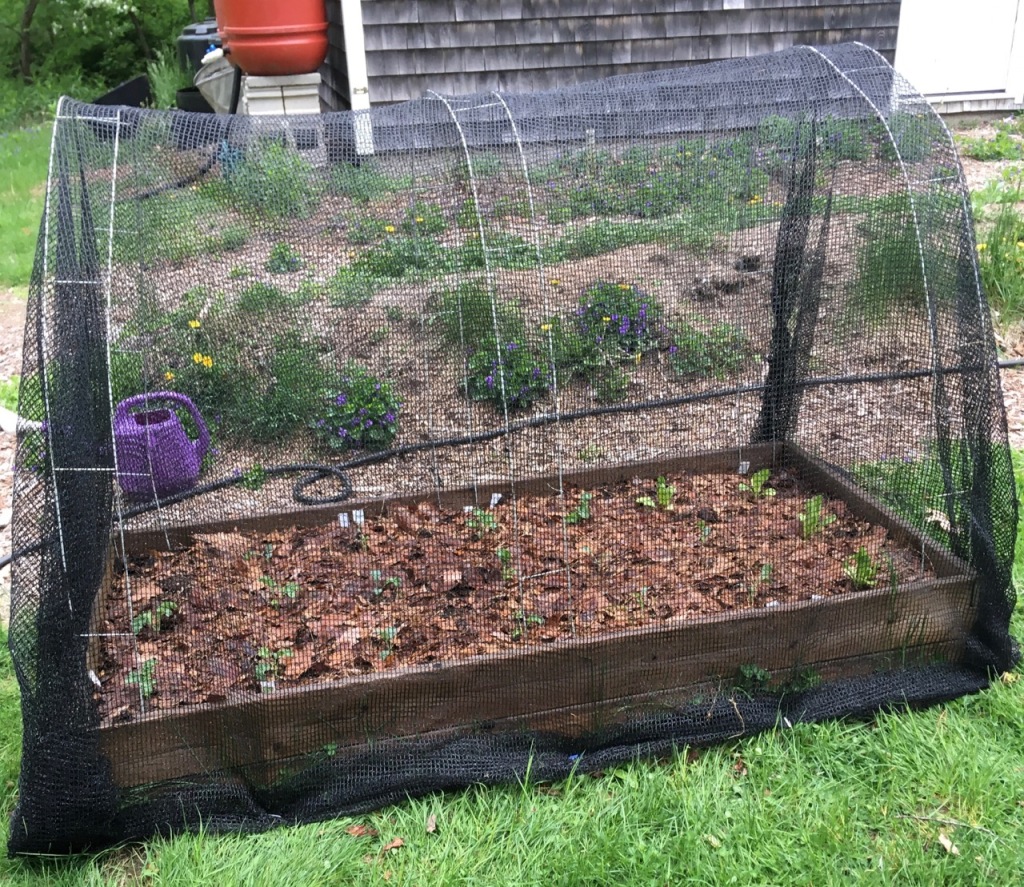


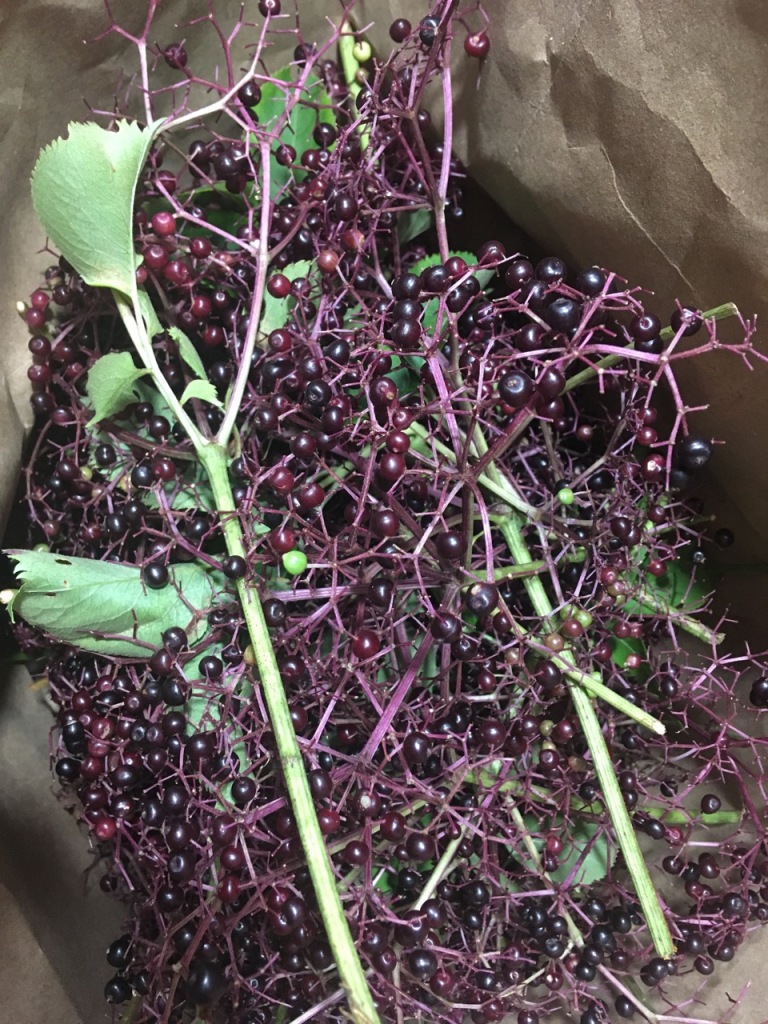






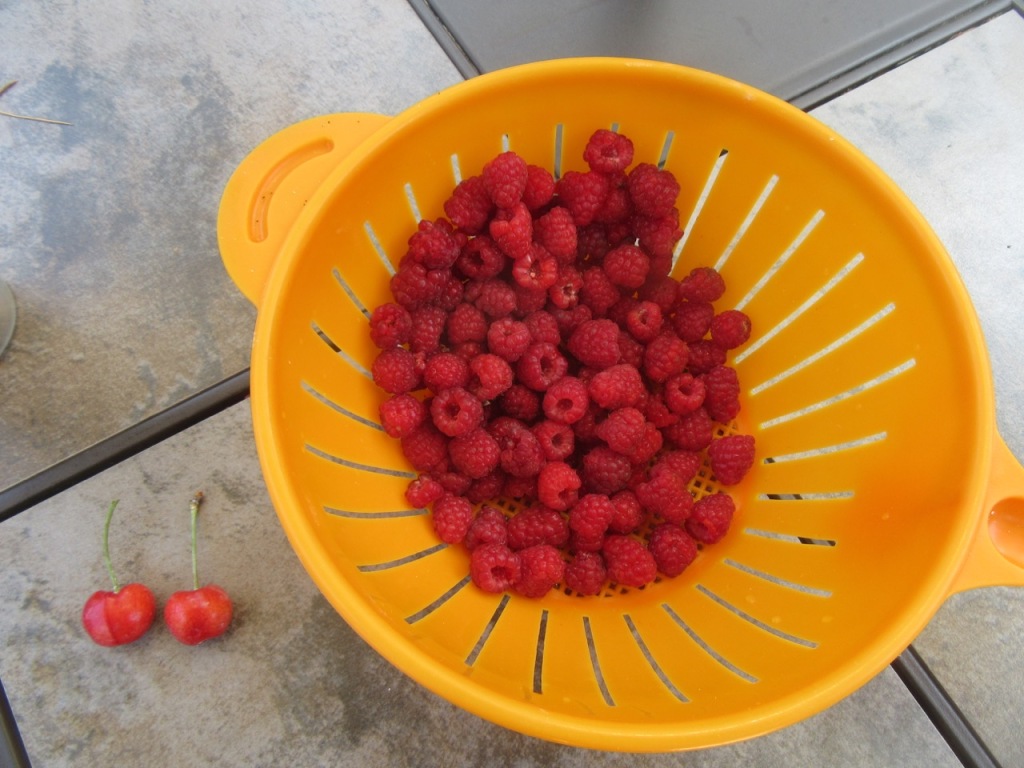
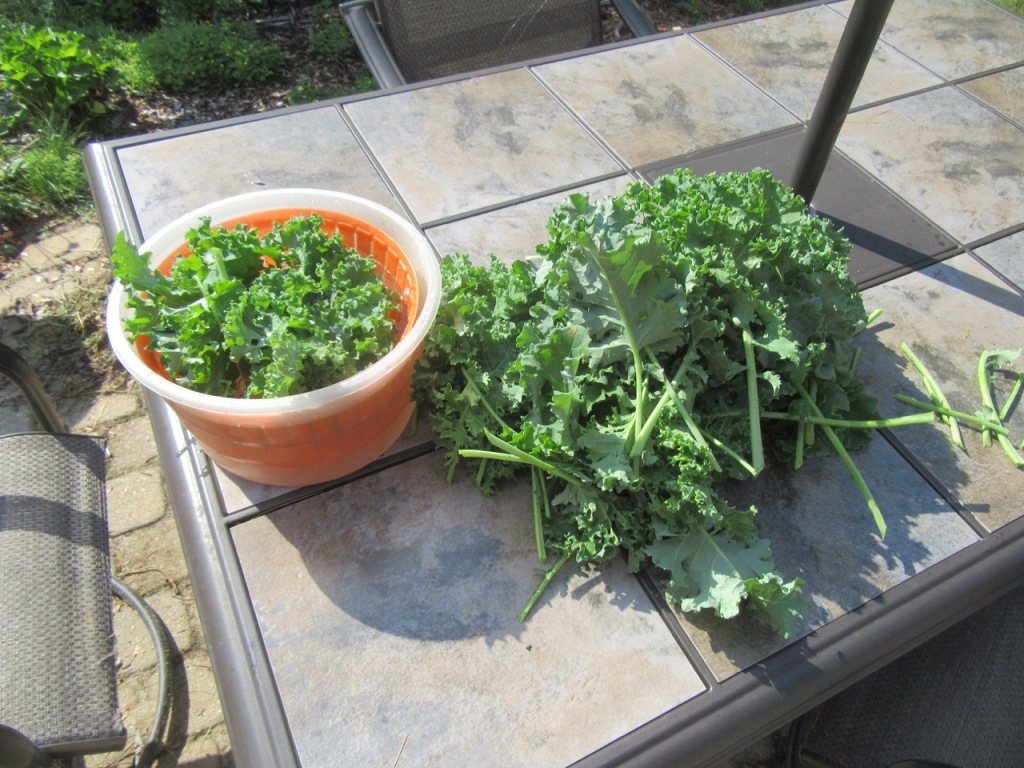


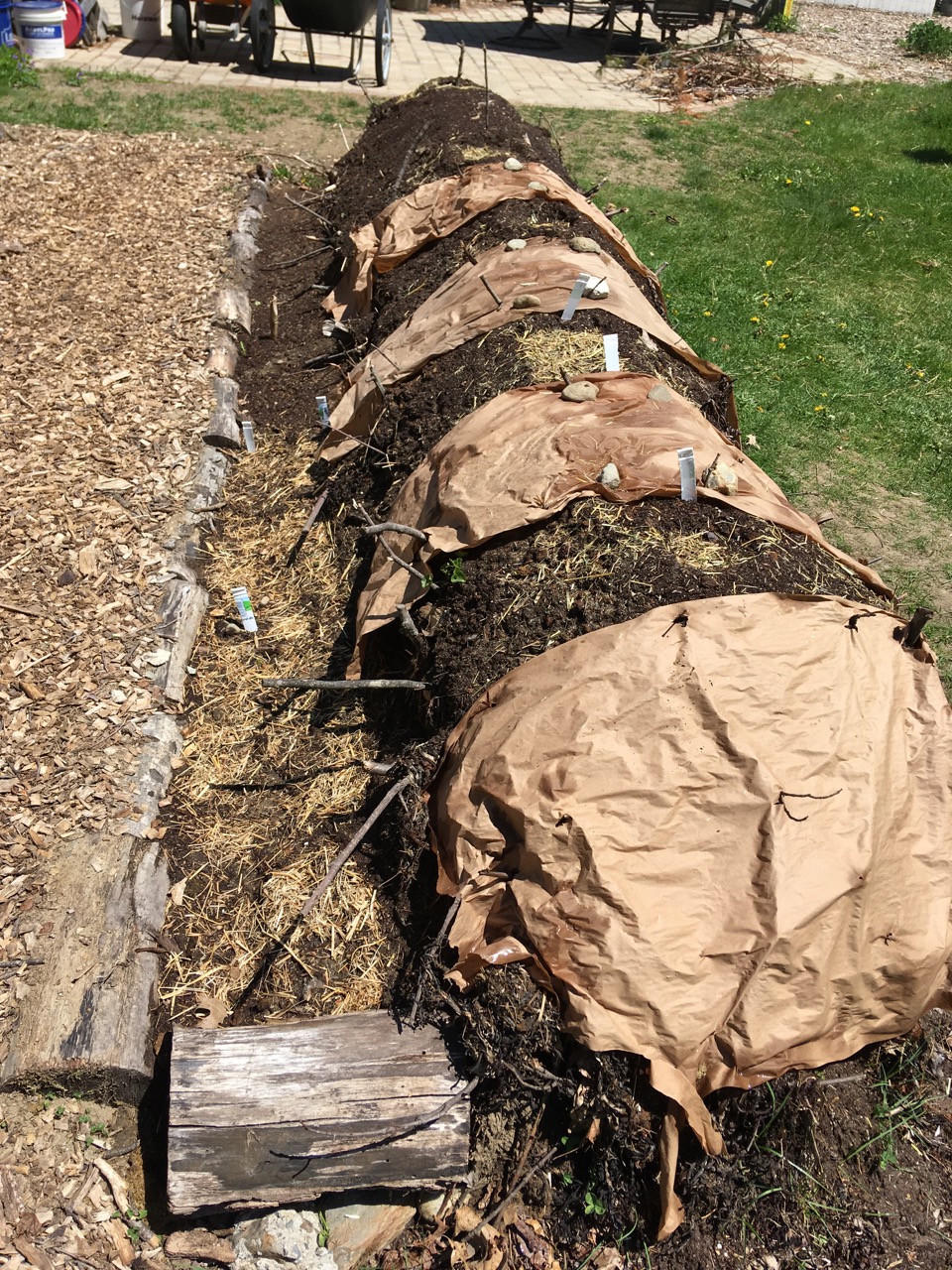

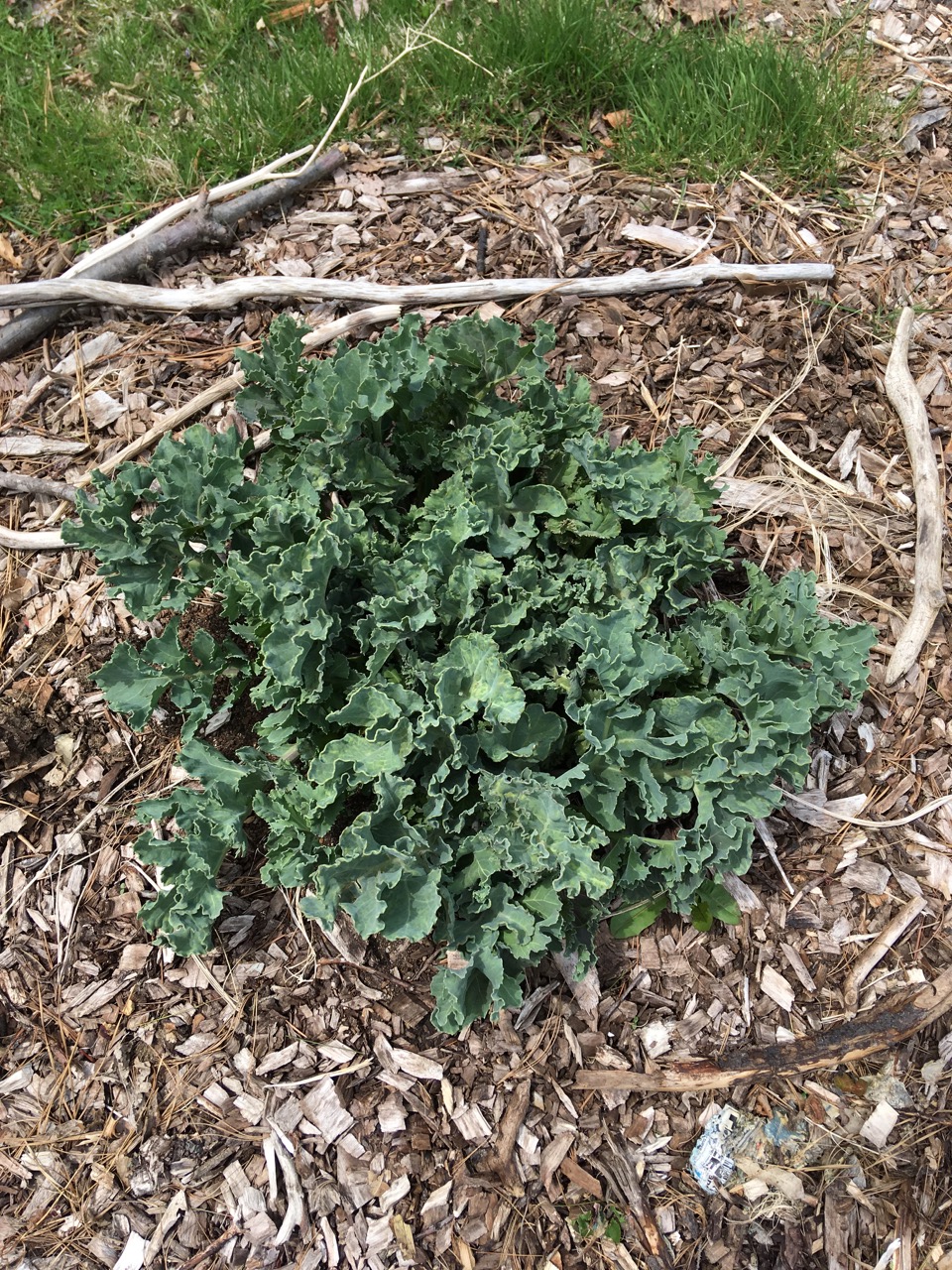
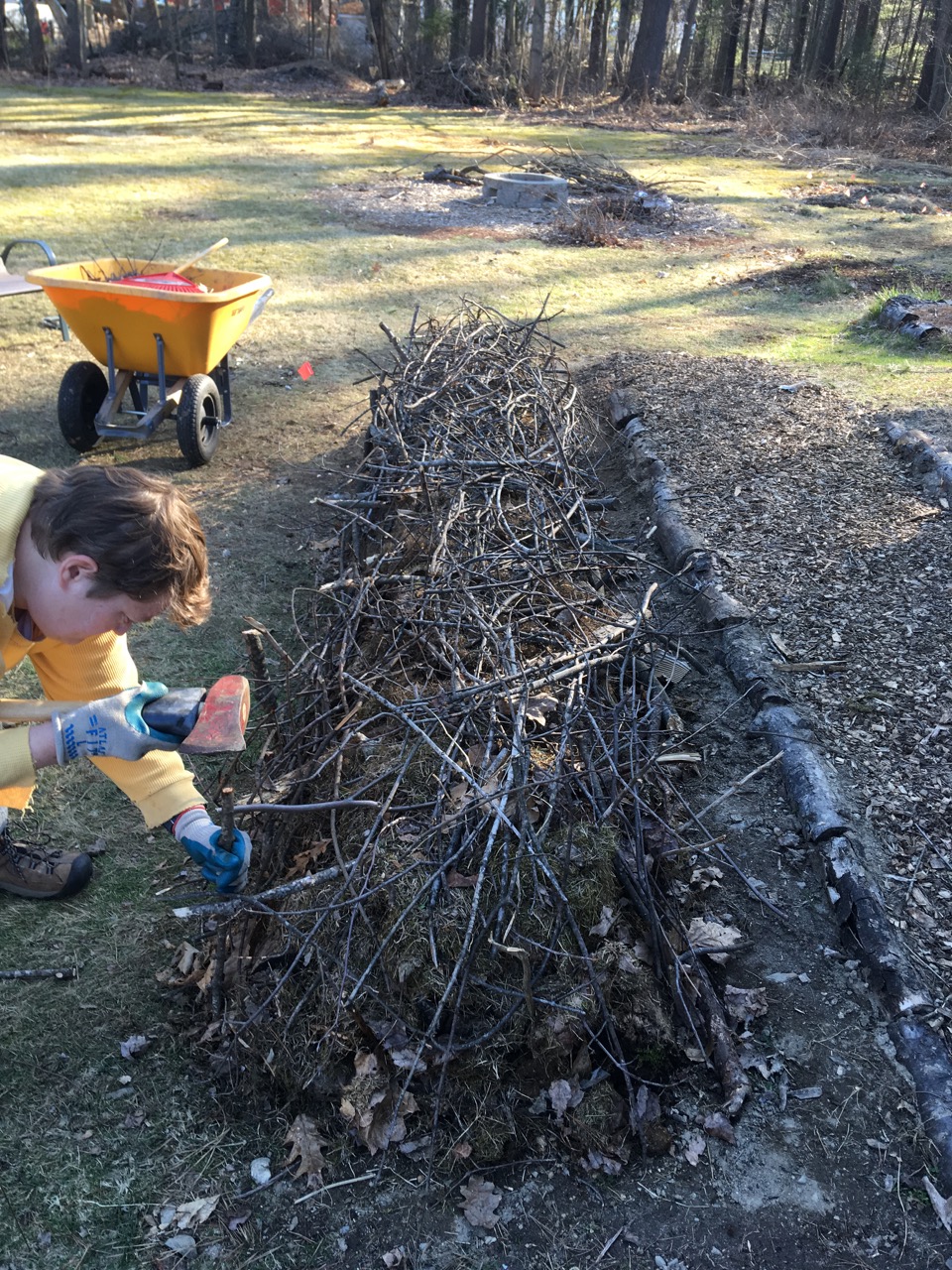

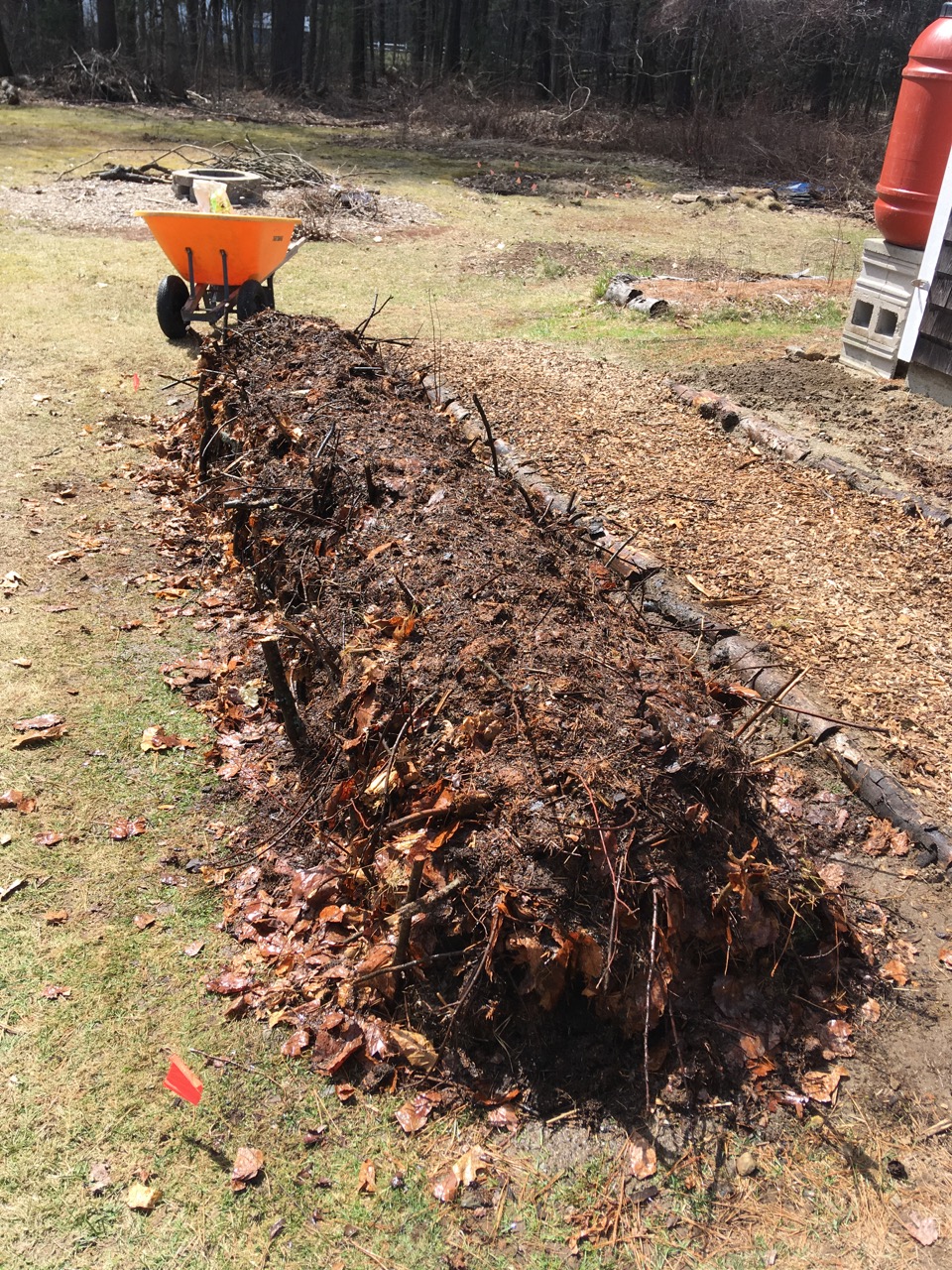
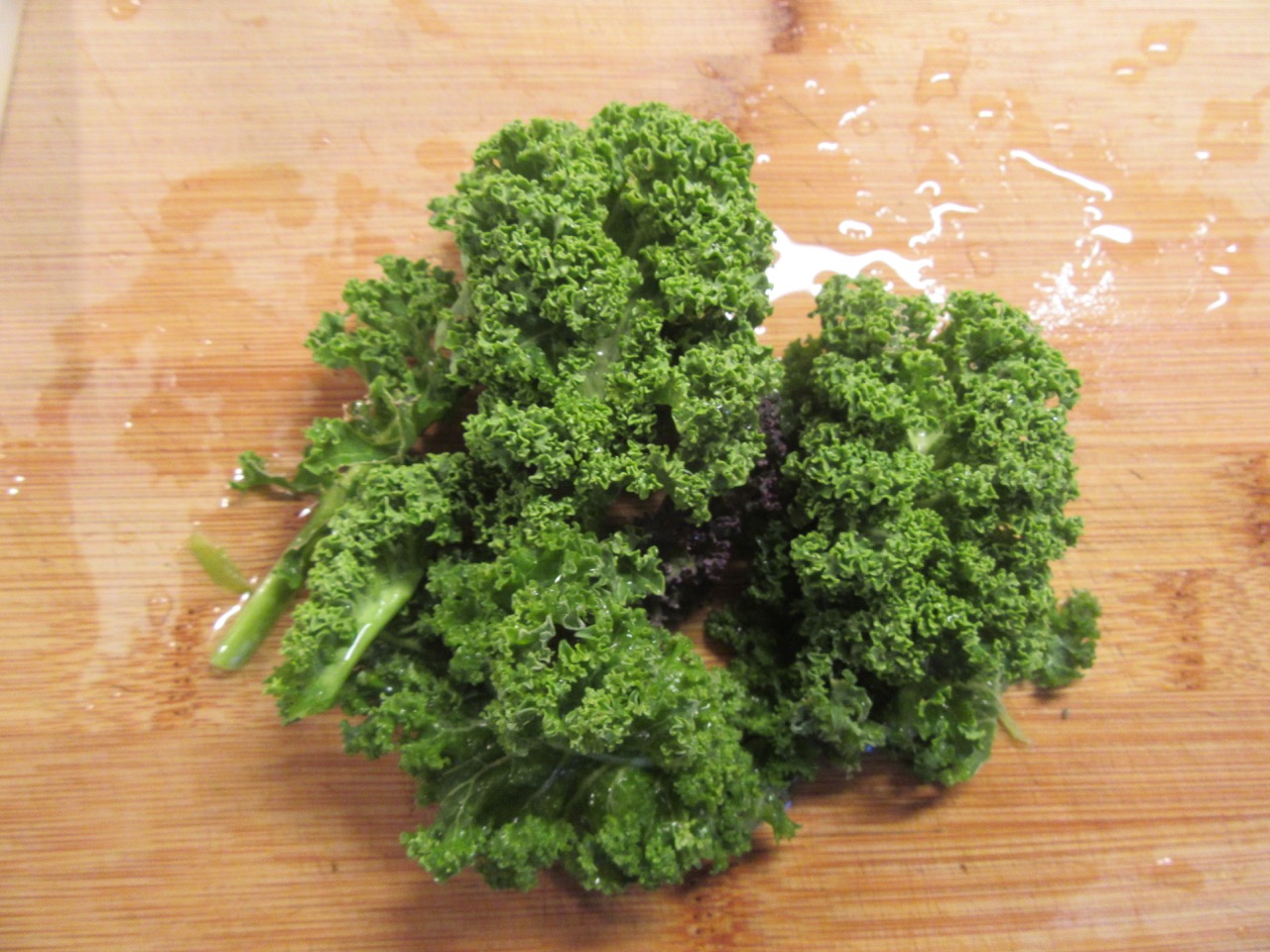 I just have to say it once more: kale is amazing! I picked this kale yesterday morning, leaves frozen on the stalk, snow on the ground. I had already picked most of the kale–just leaving a few tiny leaves that didn’t seem big enough for anything. But they must have grown a little in the meager sunlight and freezing snowy weather we’ve been having the last two weeks of November. I don’t know how they do it, but that is why they are so amazing. The plant just isn’t willing to succumb to the freeze/thaw weather that has killed off most of the other plants. So when I was walking through the winter orchard, I found several small frozen leaves, broke them off, and cooked them up for breakfast–they taste great!
I just have to say it once more: kale is amazing! I picked this kale yesterday morning, leaves frozen on the stalk, snow on the ground. I had already picked most of the kale–just leaving a few tiny leaves that didn’t seem big enough for anything. But they must have grown a little in the meager sunlight and freezing snowy weather we’ve been having the last two weeks of November. I don’t know how they do it, but that is why they are so amazing. The plant just isn’t willing to succumb to the freeze/thaw weather that has killed off most of the other plants. So when I was walking through the winter orchard, I found several small frozen leaves, broke them off, and cooked them up for breakfast–they taste great!